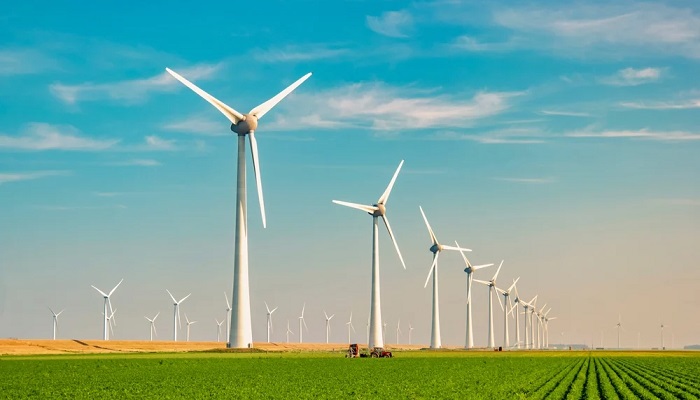The future of our wealth has to be made in Europe– As part of her second term, EU Commission President Ursula von der Leyen has promised to support homegrown green energy sources. This is good news for WindEurope.
It is great that she told us about the new EU Clean Competitiveness Deal. Europe’s businesses that use a lot of energy want to cut down on carbon emissions. They want to use cheap wind power to help them do it. The wind business is ready to make this happen, and we’re working with companies that use a lot of energy to help reach the Antwerp Declaration’s goals. But it needs strong backing from the government.
With a new EU Competitiveness Fund, the new EU Commission will do even more to help the clean tech industry, which is great as well. And that cutting down on red tape and speeding up the permitting process for green energy will continue to be top goals for the next five years.
During Von der Leyen’s first term, her Commission did a lot to support wind power. Already, the 2023 Wind Power Package was a big step in the right way. More help is needed right now to build more wind farms so that the EU can meet its 2030 goals and to make the supply lines stronger so that they can do that. Europe gets 20% of its power from wind. By 2030, the EU wants that number to rise to 35%. Europe makes almost all of the wind turbines that are built there. To keep that up, the EU needs to improve its wind supply lines and the transportation infrastructure that goes with them.
More than anything else, the energy shift is about turning energy sources like cars, houses, and factories into electric ones. It’s not good that only 23% of EU energy use is still power. This needs a lot of help from the new Commission. There is also a need for them to keep up the work they’ve begun to expand and update Europe’s power lines. Twenty percent of the electricity used in Europe comes from wind power. By 2030, the EU wants it to be 35%. And more than half by the year 2050.
Wind costs little. And the more we have, the less energy we need to bring in from other places.
Also, the wind farms in Europe use blades that are made in Europe. That’s why it’s a smart business. It makes our economy and national defense better.
By 2030, wind power will:
- Add 500,000 jobs to Europe, up from 300,000 now.
- Stop us from importing 190 billion cubic meters of fossil fuels every year.
- Get 262 million tonnes less CO2 out of the air every year.
- Adding €49bn to the EU’s GDP.
The European wind business wants the EU to do the following to make this happen:
Putting a lot of money into power lines, with better planning from the top down and more private money backed by the European Investment Bank. Speed up the approval process for energy, grids, and businesses – Apply the good new EU rules for wind energy permits, which include shorter dates, a one-stop shop, and putting the public interest first. Everything should be done online.
Help big industries get electricity – We need steel, cement, and chemicals to build wind blades, and they are also very important to the business. We need to help them stop using as much carbon by giving them money, flexible state aid, and an Electrification Action Plan that aims to have 35% electricity in the energy mix by 2030, up from 23% now.
Make sure that Europe’s clean tech industry has a level playing field – Use all the tools the EU already has to make sure there is fair competition in the market for wind turbines. Set clear base standards for data and internet security, doing business in a responsible way, and making sure the supply chain is strong.
Focus your new ideas on growing – Too many new tools are having trouble getting used. To help them become more industrialized and grow, we need to change the way we handle research and creation. And make the EU funding process much easier and faster.





































